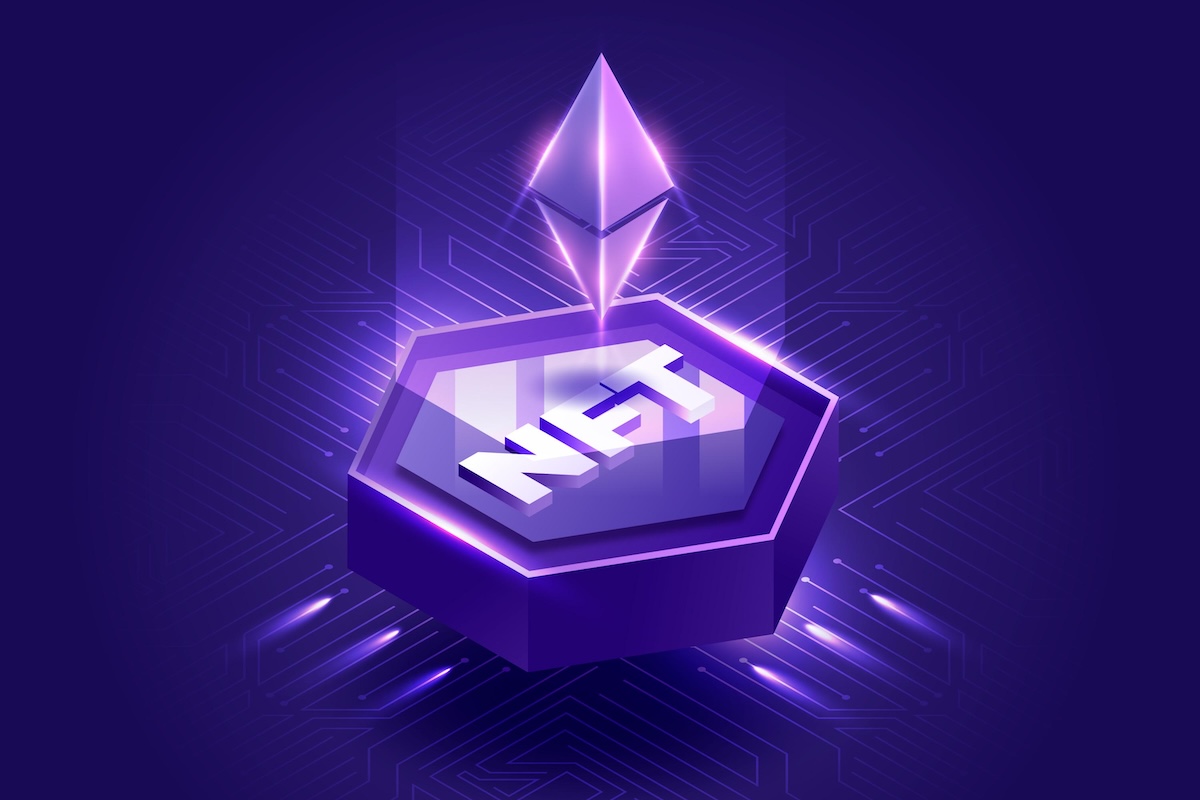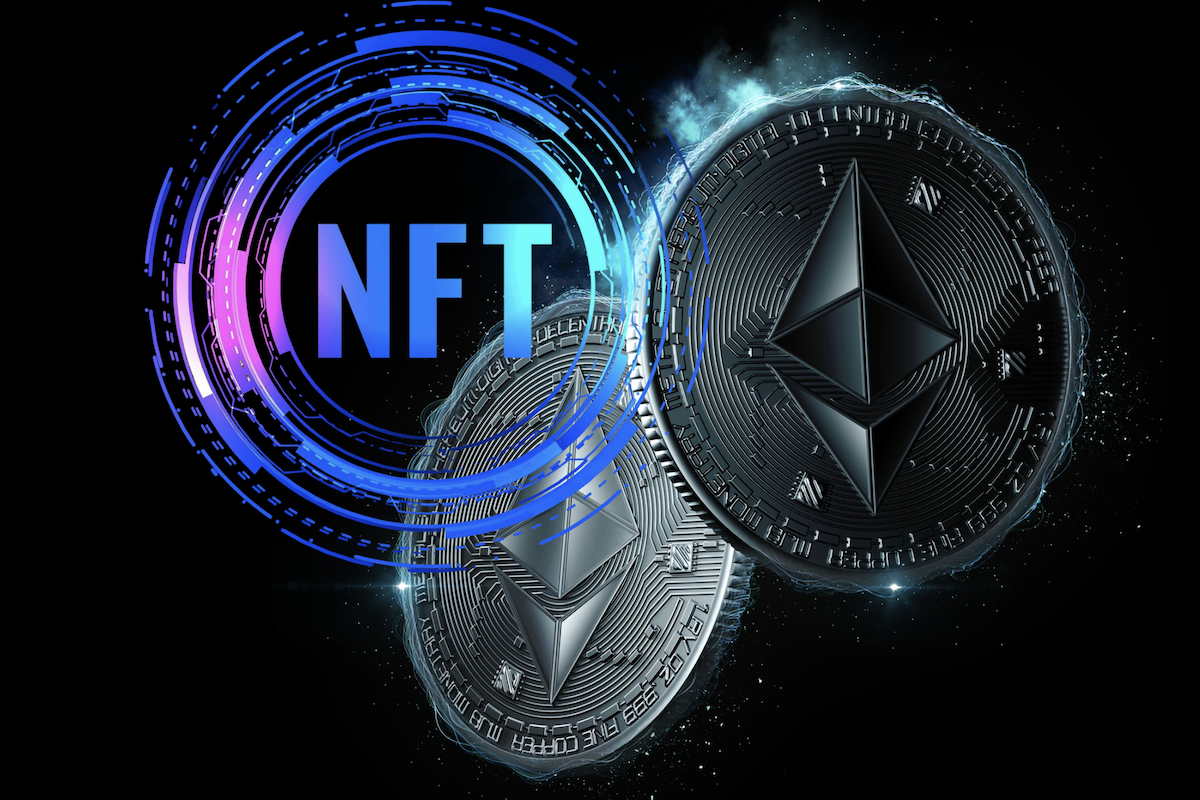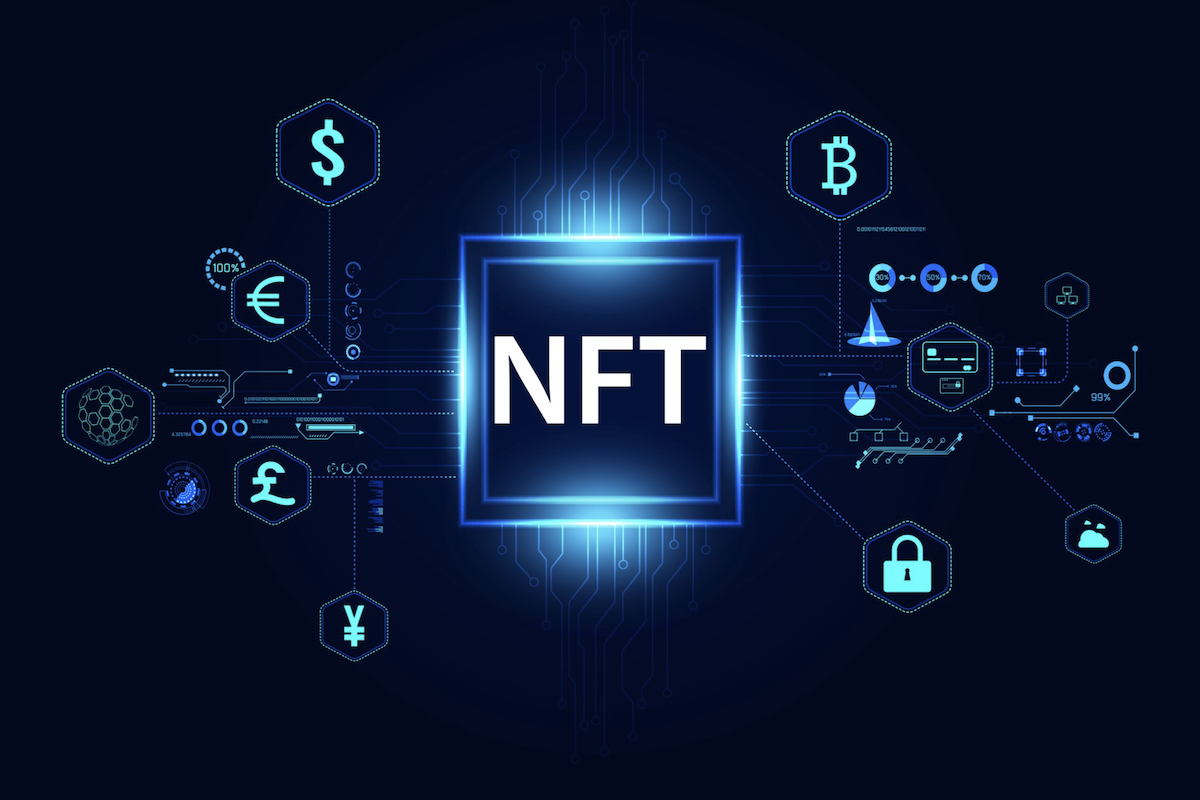The 5 Types of NFTs You Need To Know About
In spite of all the complex terminology that has been flung around, the most straightforward way to explain NFTs...

In spite of all the complex terminology that has been flung around, the most straightforward way to explain NFTs (non-fungible tokens) is as a one-of-a-kind identifier that can assign and verify ownership of digital assets. It functions as a digital contract in that it validates the owner of a digital asset. If you make a one-of-a-kind illustration and sell it online, the original piece of work may be purchased by a single buyer, despite the fact that you may be able to replicate the work an unlimited number of times.
Through the use of NFT technology, it is possible to trace the ownership and history of each individual work of art, in addition to ensuring that no two works are ever exactly the same.
NFTs are responsible for the creation of digital scarcity, which was unthinkable just a few years ago. This has an effect on how we use the internet, how we market items, how we acquire and enjoy art, and even how we make and listen to music.
Here are a few categories of NFTs:
Collectibles
NFTs are comparable to digital trading cards in many respects. People are able to purchase, trade, and retain the digital copies of trading cards that are now on the market in the same way that they would keep the physical cards. In addition, much like the genuine article, some of these go for more than a million dollars. You are free to sell anything that you think may be considered collectible in the event that it is involved.
Artworks
The vast majority of programmable NFTs that are now in use are in this category; in fact, programmable art makes up 99 percent of all NFTs. This is due to the fact that artists moved quickly to profit on the idea of NFTs when they first emerged. At the moment, a variety of digital artworks such as still digital images, GIFs, short movies, and unique one-of-a-kind NFT art are being offered for sale on the internet. In addition, these NFTs fetch the highest prices, sometimes reaching millions of dollars.
Music NFTs
Experiments are ongoing with converting music to NFTs, leading to the invention of an additional kind of NFTs. It is now possible to attach non-fungible tokens (NFTs) to media files like music, with the genuine ownership claim being provided to a person.
The transformation of music from a fungible item into a tokenized asset has been beneficial to musicians in a number of different ways. From having a direct reach to a new audience and dedicated followers to offering premium experiences to listeners, there are many benefits to having a direct reach to a new audience.
Fashion
The term "virtual fashion" refers to apparel and accessories designed specifically for use on digital avatars and in video games. Luxury brands like Louis Vuitton, Tag Heuer, and Burberry have collaborated on a new range of NFT outfits for digital avatars.
Gamified NFTs
In the world of gaming, the most prevalent kinds of non-fungible tokens are mostly concentrated on different kinds of in-game products. The use of NFTs has generated a significant amount of interest among game creators. They have the ability to provide the capability of ownership records for in-game objects, which may propel the expansion of in-game economies.
Conclusion
There is still a great deal of uncharted territory to be explored in the NFT sector. People have bought a wide variety of products as NFTs, yet, we have just scratched the surface of what is possible with these types of transactions. Check out our blog on NFT games to look out for to learn more about NFTs.
The number of items on the list is going to keep growing as time goes on. You are free to create your own NFTs now that the market is open.





